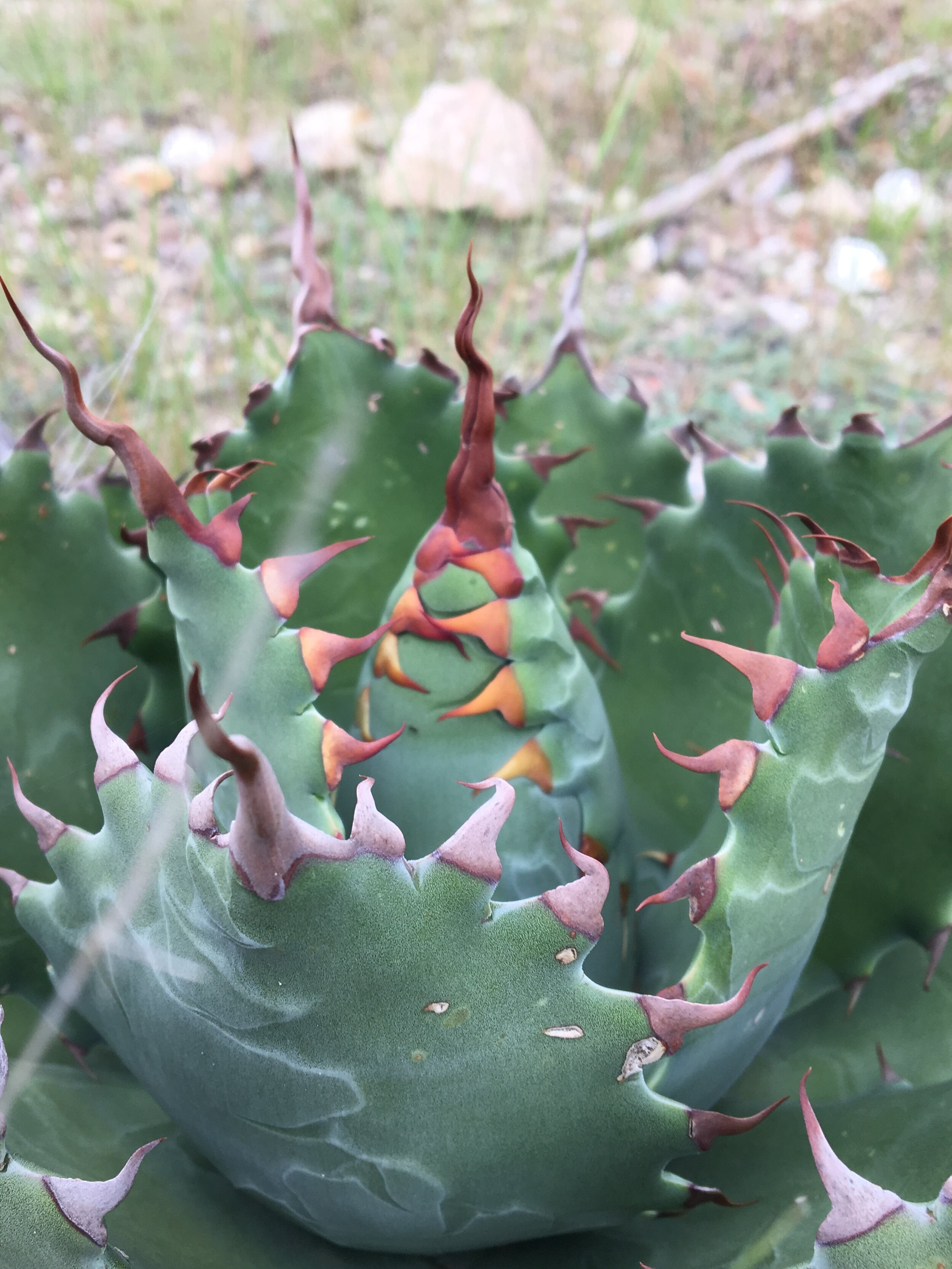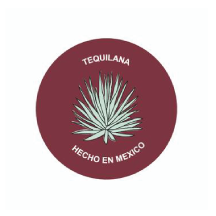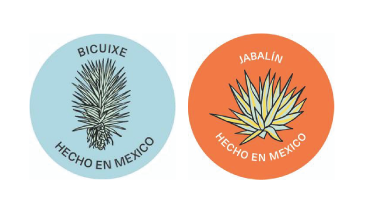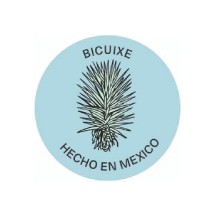NETA works closely with several small, family producers and a cooperative of twelve palenqueros – producers – from the southern valleys and hills of Miahuatlán, Oaxaca. Situated at the southern tip of the Central Valleys and the foot of the Sierra Madre del Sur mountains, the area is renowned for the strong character of its people, its diverse landscapes, and the rich agricultural and culinary traditions that have been maintained throughout generations. As such, the region has preserved its reputation for producing some of the finest mezcales and agave spirits anywhere in Mexico.
The recipes and knowledge have been passed down and shared through family and community ties. Some mezcaleros follow their grandfathers’ traditions to the letter, while others experiment to carefully fine-tune the laborious process in accordance with their own tastes, observations, and relationships with the natural world. No two productions can ever be exactly the same as environmental conditions, water, natural yeasts, and soil types all contribute to their nuances just as much as the touch of their maker.
Cenizo
Tobala espinas chinitas
DESTILADO DE AGAVE
You'll notice that NETA labels don't say "mezcal" anywhere on them. That word is owned by the Mexican government, which grants the right to regulate its use to the Consejo Regulador del Mezcal – a Mexican governing body that oversees production and labeling of the spirit. NETA does not go through the CRM's certification process required to use the word on the label. Why not?
In the words of NETA's co-founders:
The decision to work under the “category” of destilado de agave, and not commercializing as a certified Mezcal, was one that unfolded over the course of a few years and after much reflection. After spending time in different mezcal producing villages across Oaxaca, even within the same regions, it is evident that there is nothing monolithic about these communities nor their craft. The rich diversity of peoples, languages, traditions, lands, agaves, techniques, and tools is what makes mezcal understood as a biocultural product so incredibly special and unique. In creating the world’s largest denomination of origin, the perhaps well-intentioned efforts to safeguard these legacies and the quality of the spirit, have resulted in the consolidation of resources, money, and access to information and infrastructure that has aided and abetted in the homogenization of everything that the private regulatory body supposedly seeks to protect.
The traditions of mezcal production, just as the word “mezcal” itself, are the patrimony of Mexico and its people, that in many cases have struggled over generations to defend their land, liberty, and traditions. It is often images of the rustic palenque and campesino traditions that are promoted and used to sell industrial quantities of watered-down and standardized, yet certified, Mezcal. As it exists, participation within the Denomination of Origin grants permission for the use of the name Mezcal, yet current regulations do very little to genuinely monitor quality control or provide protection of the diversity of agaves, natural resources, lands, or the cultural and intellectual property rights of producers and growers. With this understanding, the ability to commercialize under other Mexican federal statutes as a destilado or agave spirit can provide micro and small-scale producers with access to new markets while maintaining an internal system of regulation and quality control in accordance to the long established and customary practices and preferences of each mezcal-making family or region.
Cuixe Verde
CURRENTLY AVAILABLE RELEASES
ESPADÍN 2016/2017
Candido Garcia Cruz works with quiotudo agaves, meaning he cuts each plant’s quiote before it has a chance to flower. This method, which concentrates the agave’s sugar in the piña and improves the yield of each piña, adding richness not found in less mature agave.
Under careful management, well-maintained maguey in this type of earth mature at a faster rate than their counterparts, and generally grow large with high sugar contents. Candido remembers when the first Espadín plantlets began to arrive in the region in the early 1980’s. While this maguey may not be endemic to the region, its relatively quick maturation time, ease of reproduction, and high yield has made it a favorite of growers and distillers in Miahuatlán. However, with little regulation and control on a state or federal level, the region has been left with very few organically grown and mature Espadín plants, making a batch of this size and quality something of a rarity these days. It is a treat to be able to offer an Espadín as such, full of Candido’s distinctive sazón. This bottling is composed of a blend of Cándido’s 2016 and 2017 productions all made with agave from the same field.
TEQUILANA
This batch made by maestro palenquero Cándido García Cruz tells a story of the ever-evolving dynamics of production, experimentation, and the fluidity of tradition in the face of constant change.
The Agave tequilana var. weber used in this production come from stock that was originally acquired in the mid 1990’s through local mezcalero associations, in the context of increased contact with middle men and representatives of the Tequila industry on both a regional and nationwide level. Despite existing regulations around the use of agave from outside the territories established in the Denomination of Origin of Tequila, Oaxaca became a source of raw material in times of agave shortages, spurring the movement of clones to Oaxaca, where they could be grown cheaper and brought back to the industrial factories of Jalisco. While the majority of these crops were sold back to Jalisco, local producers kept some for themselves after quickly taking note of the sweet flavor of the cooked agave and the high yields of the starch-rich Blue Weber, referred to in Logoche as tequilana, tequilera, tequilero, or azul. These 220 liters were some of the last to ever be made by Cándido with the use of an ox-drawn stone wheel, in March 2013.
Bicuixe
BICUIXE 2018
Don Cándido generally makes one or two batches of Bicuixe every year, depending on how much of this wild agave is ready on his lands or those of his family, who often contribute to his productions. He never deviates from the practice of harvesting around the days of a full moon - when the plants’ sugars are most concentrated in the piña - and uses only fully ripened agave.
His years of experience coupled with the particular native yeasts and microorganisms of his palenque yield marvelous results. For this batch, Cándido, his son, and son-in-law gathered close to 200 capón Bicuixe of various sizes, harvested from reddish and rocky cascajudo colorado parcels, with another 100 or so plants coming from a separate red and black gravelly land, located roughly 1,450 meters above sea level.
The harvest began in the first days of March 2018 and the roasting nearly two weeks later. Cándido and family cooked the agave with mesquite wood for eight days and allowed the agave to rest for only three days before processing the roasted plants with machete, axe, and mechanical shredder. This short duration of rest of the cooked agaves was attributed to the perfection of the cook, something identified by sight, but most importantly, by eating pieces of the cooked plant, which requires an intimate familiarity with the natural flavors of each type of maguey. The shredded fibers and juice were placed into four 1,200L capacity sabino wood fermentation vats and rested for one day before water was added from his river- adjacent well. The first tina or fermentation tank was ready for distillation eight days later at the beginning of April.
ENSAMBLE SILVESTRE
Notable is its profound aromas, textures, and flavors, this unconventional field blend marries the earthiness of Jabalín (Agave convallis var.) with the warming cinnamon aromas of Bicuixe (Agave karwinskii var.). Because of its high saponin content, Jabalín was not traditionally used in the production of mezcal, but instead valued for the fiber extracted from its leaves used in rope- making.
Celso García Cruz began experimenting with Jabalín a couple of years ago and has increasingly refined his technique to manage the large amount of foam produced in the fermentation that can boil over into the condensation chamber. For this production, he was able to tame the bubbly ferment with the addition of Bicuixe and the use of a costal bag in between the boiler pot and the condensation chamber to prevent the foam from rising. Distilled slowly over a low fire, the resulting spirit is a robust expression reflective of expertise of the maker and his tools, the wild agave, and the lands of its origin.
Tepextate
TEPEXTATE
Tepextate is a type of Agave marmorata that grows throughout many different regions of Oaxaca. The plant’s historical use in spirits was limited to remote and isolated regions of difficult terrain, where the production of mezcal was clandestine, and in situations where palenqueros did not have the land and resources to cultivate other varietals preferred for their higher yield. In the past, Tepextate was often used as medicine, with different desired properties derived from both the roots and the juices of its thick leaves.
It is in arid environments with steep slopes and rugged, rocky and limestone-rich soils where the Tepextate maguey thrives. Amongst palenqueros, the plant is infamous for its extremely low sugar content and the difficulty involved in harvesting and transporting these plants from their preferred terrain of rocky hillside, steep ravines, and cliffs. These areas are most often inaccessible to trucks or even donkeys or mules and must be carried out by hand - leaving behind itchy rashes and blisters caused by its highly caustic juices. The name itself comes from Tepetate, a Hispanicized word originating from the Nahuatl tepetlatl, which refers to a geological horizon, a lime-rich but hardened and poor draining earth surface.
Made with 100% pure capón Tepextate harvested from Heriberto’s lands, this production displays the intensity of aromas and flavors representative of the region and very special qualities of the plant.
BICUIXE 2019
Maestra Paula Aquino Sánchez crafted this batch using Bicuixe plants harvested from a parcel of land (white limestone soils) she inherited from her late father. Various kinds of copal trees (Bursera) grow alongside the agaves, expressing elements of their symbiotic relationship in this spirit's aromas and flavors.
In Miahuatlán, the maguey Bicuixe (pronounced bee-queesh or bee-quishay) is perhaps the most prevalent of the micro-endemic Agave karwinskii. While it is primarily a wild species, it could also be considered semi-cultivated as it is frequently transplanted and used to demarcate property lines and prevent soil erosion in the fields. This subspecies is far from uniform in appearance as there are multiple phenotypes and ecotypes, but one of its primary characteristics is its long and relatively thin tree-like stalk, often larger than the actual piña in size. While the Bicuixe piña has a moderate sugar content, they are small in comparison to other A. karwinskii varietals and have a much larger stalk to piña ratio, which can translate into slightly bitter notes, lending the distilled spirit an incredible balance of flavors. The Bicuixe, or Cuixe, as it can also be called in the area, plays such a quintessential role in local mezcal and agave spirits production that it could be considered the most archetypal and definitive expression of the tierras and culturas of Miahuatlán.
ENSAMBLE AMERICANA
Over the last decade or so, many communities and families have focused their cultivation efforts on the revitalization of rare agaves which are now being reproduced and cultivated from seed and clone. The conservation of these often hyper-regional magueyes is important in the maintenance of healthy ecosystems, but for many, it is also an attempt to preserve the gusto histórico of local flavors and recipes.
A young man, Hugo García has learned the techniques of cultivation and distillation of agave from his mother, brothers, uncles, and cousins. In recent years, Hugo has been palenqueando with his cousins who have all dedicated themselves to the craft and the community, seeking to develop a secure future for Logoche and their families. In preparing this ensamble, Hugo selected four piñas en guía of Rayo, six of Sierrudo, and seven of Azulín from a white and red, rocky soil family parcel for harvest in January 2020. Hugo and family are saving the majority of their largest and remaining mother plants for seed and bulbil clone reproduction, so it could be quite a long time before another similar batch is made. Using only enough maguey to fill one Montezuma cypress sabino wood fermentation tank, Hugo composed a total of 40 liters of this batch, adjusting the alcohol level with the puntas and lower proof cuerpo from the second round of distillation in a 250L capacity copper pot still.
Horno
Celso's 330L copper pot still
Interested in an entire small batch? Click below and we can get you details.
NETA
packing info
Espadín 2016/2017
Bottle size: 750ml
Number of bottles per case: 6 bottles
Case weight: 18 pounds
PZ CODE: PZ9201
BAR CODE: 7 36952 21741 7
Ensamble Americana
Bottle size: 750ml
Number of bottles per case: 6 bottles
Case weight: 18 pounds
PZ CODE: PZ9207
BAR CODE: 7 36952 21744 8
Tequilana
Bottle size: 750ml
Number of bottles per case: 6 bottles
Case weight: 18 pounds
PZ CODE: PZ9208
BAR CODE: 7 36952 21740 0
Ensamble Silvestre
Bicuixe, Jabalin
Bottle size: 750ml
Number of bottles per case: 6 bottles
Case weight: 18 pounds
PZ CODE: PZ9209
BAR CODE: 7 36952 21743 1
Tepextate
Bottle size: 750ml
Number of bottles per case: 6 bottles
Case weight: 18 pounds
PZ CODE: PZ9205
BAR CODE: 7 36952 21742 4
Bicuixe 2018
Bottle size: 750ml
Number of bottles per case: 6 bottles
Case weight: 18 pounds
PZ CODE: PZ9203
BAR CODE: 7 36952 21739 4
Bicuixe 2019
Bottle size: 750ml
Number of bottles per case: 6 bottles
Case weight: 18 pounds
PZ CODE: PZ9211
BAR CODE: 7 36952 21745 5


























VIEW/ DOWNLOAD TECH SHEET